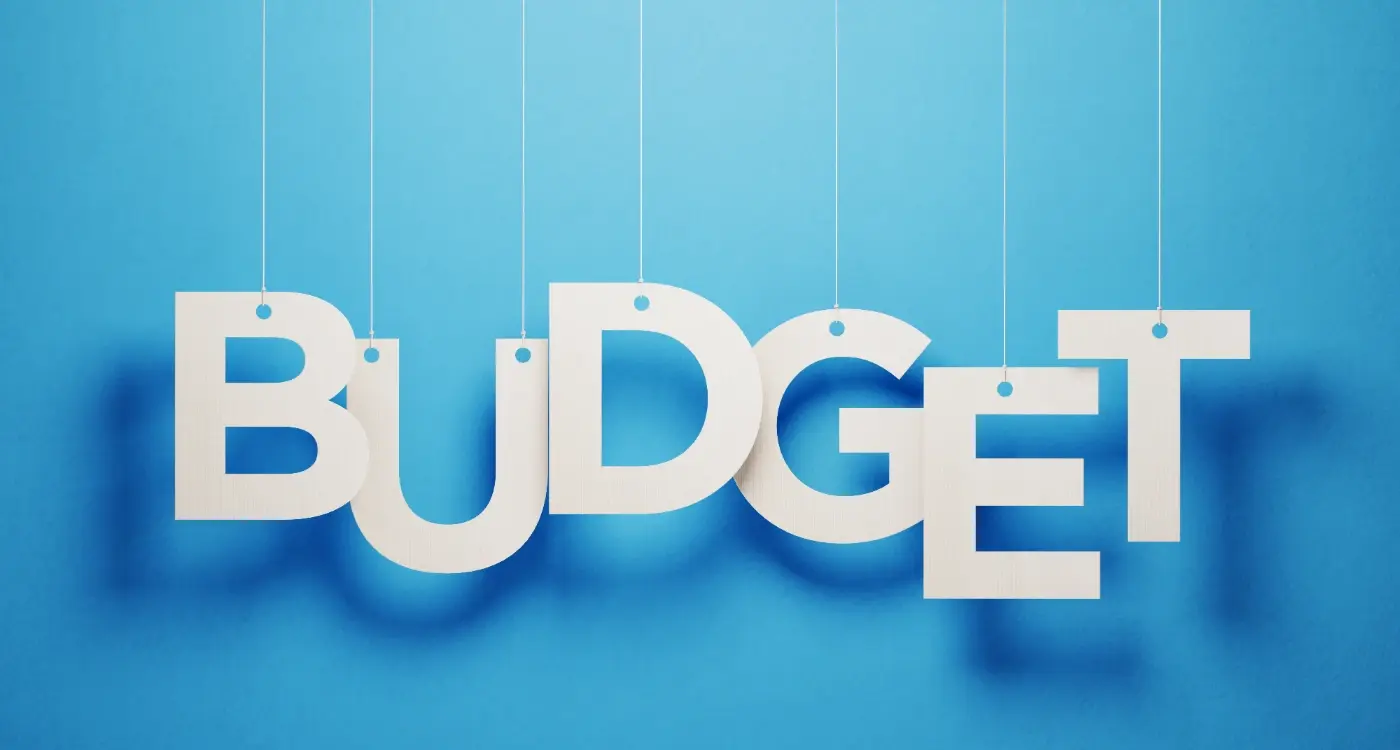What's The Difference Between App Bug Fixes And New Features?
Every mobile app owner faces the same question at some point: should I fix what's broken or add something new? It sounds simple enough, but the reality is that many people struggle to tell the difference between bug fixes and new features—and that confusion can cost serious money. I've worked with clients who've spent thousands on what they thought were simple fixes, only to discover they were actually requesting entirely new functionality.
The distinction between these two update types isn't just technical jargon; it affects your budget, timeline, and user experience. Bug fixes keep your app running as intended, whilst new features expand what your app can do. Getting this wrong means you might prioritise the flashy new button over the crash that's driving users away.
Understanding the difference between fixing what's broken and adding what's missing is the foundation of smart mobile app development
This development distinction shapes every decision you'll make about your app's future. Whether you're dealing with user complaints, planning updates, or managing a tight budget, knowing when you're fixing versus building determines your approach. Let's break down exactly what separates these two types of updates and why it matters for your mobile app's success.
What Are Bug Fixes?
Bug fixes are the maintenance work that keeps your mobile app running smoothly—think of them as the repairs that stop things from breaking or fix problems that have already appeared. When users can't log in, when the app crashes on certain phones, or when buttons don't respond when tapped, these are all bugs that need fixing.
I've seen apps with brilliant ideas completely fail because the development team ignored bug reports. Users don't care how innovative your concept is if they can't actually use your app without frustration. A bug might seem small to you, but to a user trying to complete a purchase or send a message, it's a massive problem that could make them delete your app entirely.
The Two Types of Bug Fixes
There are bugs that stop your app from working at all—these are the ones that make headlines and cause panic meetings. Then there are the smaller bugs that just make the user experience a bit rubbish. Both matter, but the first type will have you working through the night to get them sorted!
Bug fixes don't add new functionality to your app; they simply make existing features work as they were originally intended. They're not glamorous, but they're absolutely necessary for keeping your users happy and your app store ratings healthy.
What Are New Features?
New features are completely fresh additions to your mobile app that give users something they couldn't do before. Think of them as expanding what your app can actually accomplish—not fixing something that's broken, but adding brand new capabilities that make the user experience better or more complete.
When we talk about new features in mobile app development, we're looking at functionality that didn't exist in previous versions. This could be anything from adding a dark mode toggle to implementing a whole new payment system. These updates require proper planning, design work, and often significant development time because you're building something from scratch.
Common Types of New Features
- Social sharing capabilities
- Push notification systems
- User profile customisation options
- New navigation menus or layouts
- Integration with third-party services
- Advanced search filters
- Offline functionality
The key difference here is that new features expand your app's capabilities rather than repair existing ones. They're about growth and improvement, not maintenance. Users often request these additions because they want your app to do more—and that's exactly what new features deliver.
Before adding new features, survey your existing users to understand what they actually want. You might be surprised by their priorities!
New features typically take longer to develop than bug fixes because they involve creating something entirely new rather than correcting existing code. They also require more testing to make sure they work well with your app's current functionality.
How to Spot the Difference
After years of working with app teams, I can tell you that spotting the difference between bug fixes and new features isn't always straightforward. Sometimes what looks like a simple fix turns out to be a major feature request—and vice versa. The key is asking the right questions.
Start by looking at what your app was originally designed to do. If something that should work doesn't work properly, that's a bug. If you want to add something completely new that wasn't there before, that's a feature. Sounds simple, right? Well, not always.
The Grey Areas
Here's where it gets tricky. Let's say your users are asking for a "simple" change to how notifications work. Is that a bug fix or a new feature? The answer depends on whether notifications are working as intended or if you're changing how they function entirely.
Quick Questions to Ask
When you're not sure, run through this checklist:
- Was this functionality working before and now it's broken?
- Are you changing how something currently works?
- Will this require new design work or just fixing existing code?
- Are you adding something that was never there before?
These questions will help you make the right call. Trust me, getting this distinction right from the start saves you time, money, and quite a few headaches down the road.
Why Bug Fixes Come First
When you're managing a mobile app and you've got a list of bug fixes alongside exciting new features waiting to be developed, it might seem tempting to jump straight into the fun stuff. But here's the thing—bug fixes should always take priority, and there are some pretty solid reasons why.
Think about it from your users' perspective. They've downloaded your app expecting it to work properly, and when it doesn't, they get frustrated quickly. A crash here, a frozen screen there, and suddenly they're writing angry reviews or worse—deleting your app entirely. I've seen apps with brilliant concepts fail simply because the development team got too excited about adding new features whilst ignoring the fundamental problems that were driving users away.
Every bug fix is an investment in user trust and app stability that pays dividends in retention and positive reviews
From a technical standpoint, bugs often create unstable foundations that make new feature development much harder. When you build new features on top of existing problems, you're essentially building on shaky ground. This creates a snowball effect where each new addition becomes more problematic and expensive to implement. Bug fixes also tend to be quicker and cheaper to resolve than developing entirely new functionality, making them the smart business choice for maintaining your app's health.
Planning New Features for Your Mobile App
Right, so you've sorted out your bugs and now you want to add some shiny new features to your app. Hold your horses! Adding new features isn't something you should rush into—I've seen too many apps become bloated messes because someone got carried away with their wishlist.
Start by looking at what your users actually want, not what you think they want. Check your app reviews, support tickets, and user feedback. Are people asking for a dark mode? Better search functionality? Social sharing? These requests from real users are pure gold when it comes to feature planning.
Keep Your Core Purpose in Mind
Every new feature should support your app's main purpose. If you've built a fitness tracking app, adding a chess game might seem fun but it'll confuse your users and dilute your brand. Stay focused on what your app does best.
Test Before You Build
Before you spend months developing a feature, test the idea. Create mockups, run surveys, or build a simple prototype. This saves you from building something nobody wants—trust me, I've been there and it's painful!
Remember, good features solve real problems for your users. If you can't explain why a feature makes your app better, it probably doesn't belong there.
The Real Cost of Each Update Type
Here's something that catches many app owners off guard—the cost difference between bug fixes and new features can be massive. I'm talking about differences that'll make your accountant weep! Bug fixes are generally quick wins; they're about correcting something that should already work. Most bugs can be sorted in a few hours to a couple of days, depending on complexity.
New features? That's a completely different beast. You're building something from scratch, which means design time, development time, testing time—and quite often, more bugs to fix afterwards. A simple bug fix might cost you £200-500, whilst a new feature could easily run into thousands.
Budget Planning Made Simple
Smart app owners budget differently for each update type. Bug fixes should be treated as maintenance costs—like servicing your car. Proper app maintenance requires separate budgets for each type of update.
- Bug fixes: 10-20% of your original development budget annually
- Minor features: 5-15% of original budget per feature
- Major features: 20-50% of original budget per feature
Always get a fixed quote for new features but expect hourly rates for bug fixes. You can't predict how long bugs will take to hunt down, but features can be properly scoped and priced.
The real trick is being honest about what you're asking for. That "simple" login change might actually be a complete authentication overhaul—which definitely isn't a bug fix!
Understanding Feature Complexity
Not all new features are created equal, and understanding this complexity is crucial for proper planning. Simple features like changing button colours or adding basic micro-interactions might take just a few hours to implement.
However, complex features that require deep integration with your app's core functionality can take weeks or months to develop properly. Consider how cross-platform compatibility affects feature development, especially when you're trying to access specific device capabilities.
User Experience Considerations
When planning updates, consider how they'll affect your users' first impression of your app. Poor onboarding experiences often stem from trying to introduce too many new features at once without considering the user journey.
Sometimes, the question of whether users should be able to explore features before signing up becomes relevant when adding new functionality that requires user authentication or data storage.
Post-Launch Planning
Many app owners don't realise that what happens after your app is built is just as important as the initial development phase. This ongoing relationship between bug fixes and feature development shapes your app's long-term success.
Understanding how micro-interactions improve user experience can help you prioritise which updates will have the most impact on user satisfaction and retention rates.
Conclusion
After eight years of building mobile apps—and trust me, I've made my fair share of mistakes along the way—I can tell you that understanding the difference between bug fixes and new features isn't just academic knowledge. It's the kind of insight that can save you thousands of pounds and months of headaches.
Bug fixes keep your app working properly; new features make it work differently or do more things. That might sound obvious now, but you'd be surprised how many heated discussions I've witnessed where teams couldn't agree on which category their latest update fell into! The truth is, bugs need fixing first—always. Your users won't care about your shiny new feature if the app crashes every time they try to use it.
When you're planning your next app update, ask yourself: does this solve a problem that's stopping people from using my app properly, or does this add something new that they might find useful? The answer will tell you whether you're looking at a bug fix or a new feature—and more importantly, which one should take priority in your development timeline.
Share this
Subscribe To Our Learning Centre
You May Also Like
These Related Guides

What Should I Do If A New App Update Breaks Something?

Which Budget Models Work Best for App Feasibility Studies?



